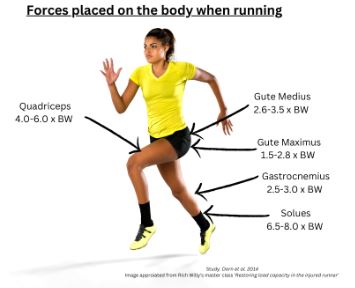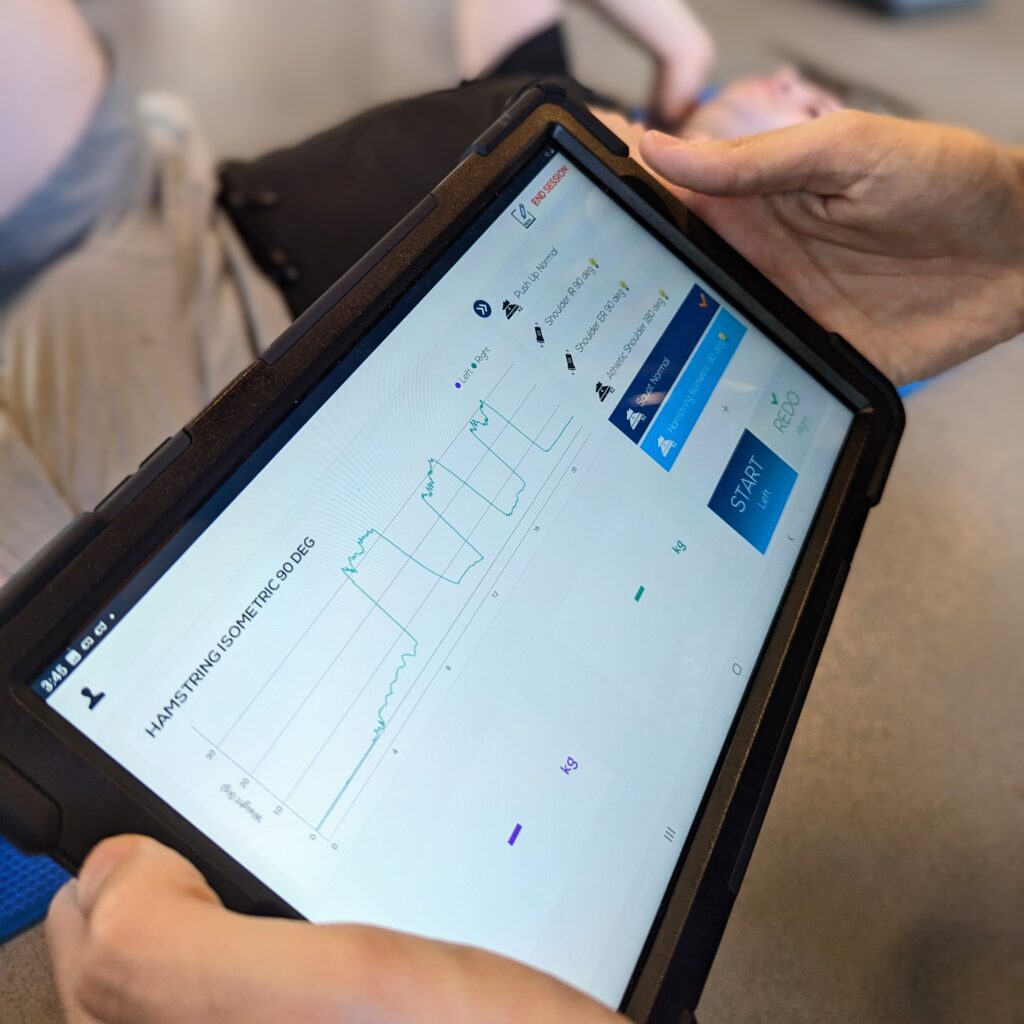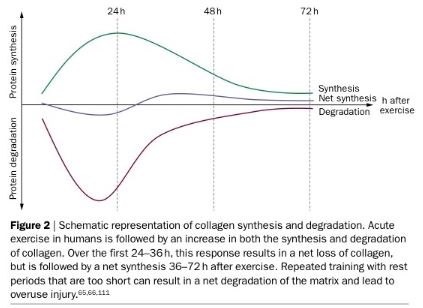On the Run: Failing to Prepare = Preparing to Fail
If you’re serious about getting into running (or any exercise for that matter) and it’s been a while since you’ve thrown on the runners, there’s a few things to consider and tick off the checklist before heading out the door.
The list below contains some important factors for injury prevention that people often forget when starting a running program.
Correct Loading Mechanics:
The load placed on your body when running is huge – depending on your speed and gait patterns, you place anywhere between 3-8x your body weight with every step! A 5km run will average a little over 6000 steps, so loading your joints correctly (particularly your hips and knees) is important for the longevity of your joints.
Hip strength and stability should be at an adequate level to support movement and loading patterns pertaining to running. These include (but are not limited to) hip extension and thoracic rotation.

Difference in Limb Strength:
Strength discrepancies between your left and right leg are normal and common. However, exceeding a 10% difference in strength for a given muscle group (in comparison to its counterpart) can lead to joints experiencing loads they were not biomechanically designed to withstand. The negative impact on the joint is only exacerbated by the increased impact from walking to running.
Before we clear someone to start running or continue after an injury or time-off, it is important for us to run some tests. We use AxIT technology to record and measure the strength between the muscles of their right and left legs.
For example:
-
A normal Hamstring to Quadricep ratio less than 0.66 has been shown to negatively affect lower limb performance (2)
-
Hip abduction/adduction ratios of less than 80% have been shown to influence physical performance. (1)

Correct Loading & Preparation for Tendons and Ligaments
Creating programs which strengthen and prepare muscles is straight forward. However, progressive loading of the tendons and ligaments is often less considered when returning to running – leading to overuse injuries. Tendons and ligaments are incredibly smart. Like muscles, they adapt in their size and/or material properties according to mechanical load. Developing stiffer tendons by increasing collagen synthesis will assist with the way that both the muscle and tendon together – are able to withstand load.
Initially, a walking program should be followed to introduce a gradual increase in load to the tendons and progression of volume (e.g., kilometers). When both strength levels are adequate and a progressive walking program has been completed, a running program can be initiated.
As a general guideline, increases should be around 10% per week. However, this is not a concrete rule and should only be used as a guideline for tendon adaptation whilst taking other injuries into consideration.
Like muscles, tendon and ligament fibers break down slightly during training and during the recovery period – build up stronger in adaptation. The difference is that muscles yield a higher blood supply, therefore their recovery is much faster (up to 24 hours)!

Green line: – acute increase in collagen & protein synthesis. Peaking around 24 hours post exercise and staying elevated up to 80 hours post exercise. Maroon line: degradation of collagen which occurs simultaneously. Degradation occurs earlier and to a greater extent. This is a normal tendon response. Purple line: The net balance of collagen synthesis and collagen degradation. A negative net balance occurs 18-36 hours after exercise, following with a positive balance up to 72 hours later (3)
Click here to learn more about our team at Exercise Lab.
By Pip Tockuss | Exercise Physiologist
References
- Hip Strength testing. (2020). Strength by Numbers. Retrieved March 23, 12 C.E., from https://www.strengthbynumbers.com/resources
- Knee Strength Testing. (2020). Knee Strength Testing. Retrieved March 23, 12 C.E., from https://www.strengthbynumbers.com/resources
- Managing patella tendinopathy in powerlifting Pt.1 – Understanding Tendinopathy. (2023). Modern Physiotherapy Aus. Retrieved March 23, 13 C.E., from https://modernphysio.com.au/managing-patella-tendinopathy-in-powerlifting-pt-1-understanding-tendinopathy/
Related Articles
May
May
Apr